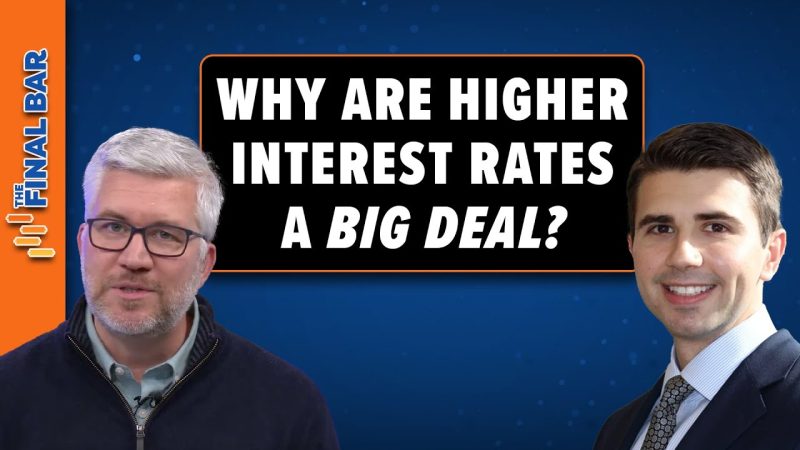As many know, interest rates have a significant impact on investment decisions, business operations, and consumer financial decisions. But what exactly is behind the importance of interest rates, and why are higher interest rates a big deal?
When it comes to economics, an interest rate is the cost of borrowing money, or the rate of return on investments. It serves as a driving factor for how businesses act and consumers spend. Interest rates are intimately tied to the demand for money, dictating how investments are allocated and borrowed. When the Federal Reserve raises or lowers interest rates, it has a ripple effect on economic activity in the U.S. and abroad.
When interest rates rise, money is more expensive to borrow. This raises the cost of doing business, and businesses are forced to scale back expansions and investments. This triggers a reduction in consumer demand for goods and services, as higher borrowing costs pushes people to save more than they spend. Higher interest rates also decrease a business’s bottom line, as profits are reduced due to increased credit costs. In turn, this results in fewer job opportunities as businesses downsize in order to reduce costs.
For consumers, higher interest rates mean higher credit card rates, mortgages, and car loans. This makes it more expensive for individuals to borrow money, and as a result, they are less likely to make large purchases, like buying a home. Additionally, savings accounts become more attractive as they offer higher returns.
In short, rising interest rates can be a good thing for savers who are looking to reap the rewards of higher yields. However, for businesses and consumers, they bring more of a burden than profit. As such, higher interest rates are indeed a big deal, as they can create economic difficulty, especially for those with limited resources.
